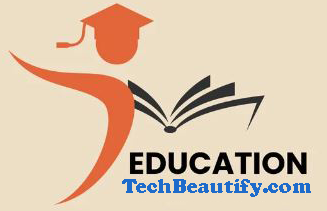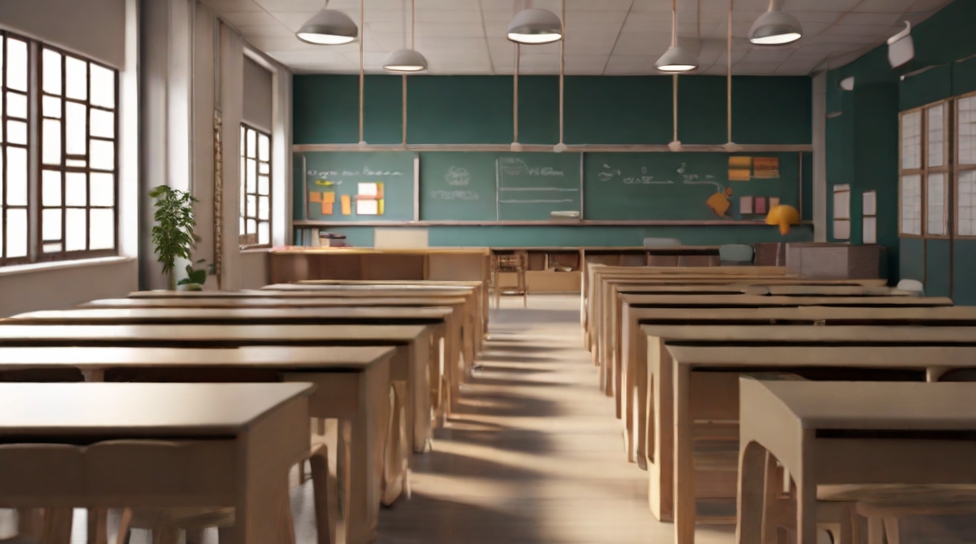Beyond the Scantron: Navigating the Complex Terrain of Educational Assessment
Introduction
Embarking on the journey of rethinking standardized testing catapults us into the intricate web of educational assessment dynamics. The traditional Scantron approach, once hailed as the epitome of objectivity, now finds itself under the scrutiny of an evolving educational paradigm. Let’s delve into this labyrinth of assessment methods, questioning, adapting, and seeking the elusive balance between standardization and individuality.
The Unfurling Tapestry of Assessment Evolution
Unraveling the origins of standardized testing takes us through a vivid tapestry woven with historical threads. What began as a quest for fair evaluation has morphed into a complex matrix of challenges and criticisms. The very essence of assessment, once a beacon of equality, now faces a formidable paradox – how to maintain a standardized benchmark while acknowledging the diverse and multifaceted nature of learning.
Challenges and the Harmonic Dissonance of Standardized Testing
The symphony of education, once conducted by the simplistic rhythm of standardized tests, now encounters a harmonic dissonance. The limited scope of these assessments, focusing predominantly on memory recall and academic conformity, creates a disjunction with the intricate melody of a student’s holistic capabilities.
Critics of standardized testing raise their voices in unison against the socio-economic biases woven into the fabric of these assessments. The Scantron sheets seem to echo the disparities of privilege, putting students on unequal footing in the pursuit of educational validation.
Moreover, the silent casualties of this testing era are the mental well-being of students. The pressure-cooker environment generated by a single, high-stakes exam fails to capture the intricate nuances of a student’s cognitive landscape. The emotional toll becomes an undertone, drowned in the cacophony of multiple-choice queries.
Navigating Educational Shapeshifts: A Mosaic of Alternatives
As the educational landscape morphs into a dynamic mosaic, alternative assessment methods emerge as fragments of a more comprehensive picture. The canvas expands to include project-based learning, where creativity and critical thinking are not just welcomed but celebrated. The standardized testing cocoon begins to crack, giving birth to butterflies of innovation, fluttering in the winds of change.
Tech Ballet: Adaptive Testing Takes Center Stage
In this kaleidoscopic transformation, technology pirouettes onto the stage with adaptive testing. The ballet of algorithms choreographs questions based on individual performances, providing a bespoke evaluation experience. Yet, the dance is not flawless, as concerns about data privacy and algorithmic biases cast shadows on the stage.
Perplexity Unleashed: Beyond Traditional Metrics
Perplexity becomes the guiding star in the constellation of evaluation. Beyond traditional metrics lies a vast expanse of uncharted territory. Assessment criteria evolve into a dynamic terrain, acknowledging the necessity of real-world problem-solving, practical application, and a spectrum of skills beyond the confines of textbooks.
The perplexity in evaluation recognizes the kaleidoscopic brilliance of student capabilities. No longer confined to a standardized spectrum, the colors of ingenuity, creativity, and practical acumen paint a more vivid portrait of a student’s potential.
Burstiness in Learning: A Symphony of Individual Paces
The educational symphony embraces burstiness, orchestrating a harmonious symphony that accommodates the unique cadence of each learner. Personalized learning plans conduct a concerto, ensuring no student is left unheard or stifled by the rigid beats of uniformity.
This burstiness in learning acknowledges the beauty of diversity in intellectual velocities. Some sprint through the educational landscape, while others amble at a leisurely pace. The harmony lies in the recognition that each note, played at its own tempo, contributes to the grand composition of knowledge acquisition.
Teachers as Maestros: A Harmonious Transition
The role of teachers transforms into that of maestros, conducting the educational orchestra with finesse. Shifting the spotlight from standardized tests to teacher assessments, educators become composers, creating a melodic blend of personalized evaluations and collaborative learning.
Collaboration between educators and students echoes the rich tones of mentorship and guidance. The maestro-educators, attuned to the nuances of individual learners, paint a symphony that transcends the limitations of standardized notes.
Standardized Testing vs. Standardized Education: Deconstructing the Dichotomy
The dichotomy between standardized testing and standardized education unravels as we deconstruct the very foundations of the education system. Beyond the realm of assessments, the broader education landscape undergoes scrutiny. The question arises: Are we standardizing education or stunting its growth?
Admission Melody: A Shift in Harmonics
The harmonics of college admissions resonate with a new melody. The traditional notes of standardized test scores find themselves in a counterpoint with alternative assessments. The cacophony of diversity becomes a polyphonic celebration, recognizing the myriad ways students contribute to the symphony of academic excellence.
Global Allegro: A World of Testing Variations
On the global stage, the tempo of educational assessment varies, with each country composing its unique allegro. Learning from international scores, we unravel the threads of diverse approaches, enriching our own composition with the global notes of wisdom.
Real-World Crescendo: Preparing for Life’s Symphony
Education crescendos into a preparation for life’s symphony. Aligning education with the crescendo of the future workforce’s needs becomes paramount. Equipping students with practical skills transforms education into a symphonic journey where theoretical knowledge harmonizes with the practicalities of real-world challenges.
Harmony Amidst Resistance: Orchestrating Change
Resistance to change creates dissonance, but the educational orchestra plays on. Addressing concerns and communicating the harmonious benefits of a diversified approach becomes the conductor’s baton, orchestrating a change that resonates with the melodies of progress.
Success Sonatas: Echoes of Transformation
The success sonatas reverberate from schools and systems that have embraced change. Their stories echo the transformative power of rethinking standardized testing, creating melodies that inspire others to compose their symphonies of educational innovation.
Conclusion: A Final Crescendo
In the grand finale, we recap the key movements of this educational symphony. Rethinking standardized testing is not just a change in notes but a transformation of the entire composition. The crescendo of progress requires a collective harmony, a symphony where standardized testing finds its place amidst a cacophony of diverse assessments, creating an educational opus that resonates with the individuality of every learner.
FAQs
- Is standardized testing completely abolished in this new paradigm?
- Standardized testing undergoes a metamorphosis, finding its place within a diverse assessment landscape. While not abolished, its role transforms into a harmonious chord in the educational symphony.
- How do adaptive tests contribute to the symphony of personalized learning?
- Adaptive tests dance to the rhythm of individual capabilities, contributing to the personalized learning symphony. However, the dance requires careful choreography to address concerns about privacy and bias.
- Can burstiness in learning truly accommodate the diverse paces of all students?
- Burstiness in learning orchestrates a symphony of individual paces, ensuring each student’s unique rhythm is acknowledged. Personalized learning plans conduct this harmonious orchestra.
- How do teachers become maestros in this educational symphony?
- Teachers transform into maestros by shifting the focus to personalized assessments. Collaboration with students becomes the harmonious notes of mentorship, creating an educational symphony.
- Are there real-world examples where the transition away from standardized testing has been successful?
- Yes, success sonatas from schools and systems resonate with the transformative power of change. These examples inspire others to compose their symphonies of educational innovation.

